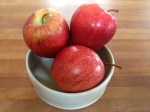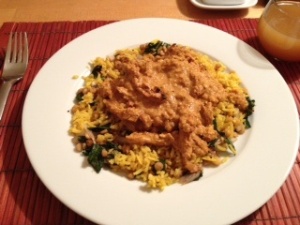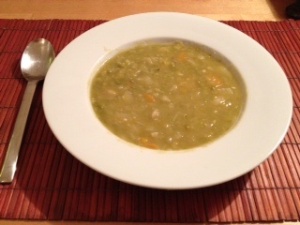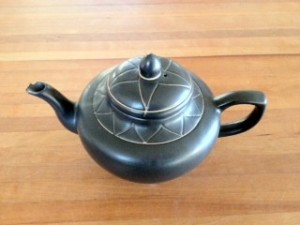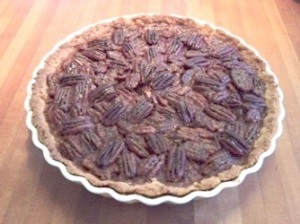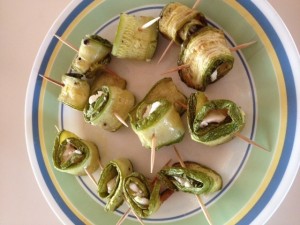
Vata: Decreases
Pitta: Decreases
Kapha: Neutral
Season: Early Fall
These zucchini roll-ups are a wonderful gluten-free appetizer for fall. Roasted zucchini and goat cheese makes a tasty combination. Tofutti or other tofu-alternative cheese can also be used. The goat cheese is nourishing for the cooler weather and the roasted zucchini helps to reduce the last of Pitta left from summer. It’s an easy and fast dish, that can also be prepared ahead of time. Vatas often have an easier time with goat than cow milk (and cheese.) Celebrate your fall harvest in style!
Ingredients:
- 2 zucchini sliced lengthwise
- 1 t basil
- 1 T oil
- Salt and pepper to taste
- 8 oz chevre, or other goat or soft cheese
Directions:
- Slice zucchini lengthwise
- Roast on an oiled pan at 350*F for 10-20 minutes or sautee over medium heat
- Turn the zucchini slices over and roast on the other side until soft
- Add salt, basil and pepper to taste
- Cool and add 1 t cheve to each slice and roll up
- Arrange on a serving dish
Serves: 6 (as an appetizer)
Preparation time: 20-30 minutes
For Individual Doshas:
Vata: Add half an olive inside each roll (or a piece of sun dried tomato)
Pitta: Try a soft cow cheese
Kapha: Add a dash of cayenne




